Our Blog - Annecy, France
Annecy is another very old town, traces of a lakeside village dating from the 3rd century BC were found near Annecy-le-Vieux. The Romans came into the area around the 2nd century BC and they then built roads and mansions, specifically to take advantage of a trade route between Geneva and Turin. It is a growing town, with over 50,000 residents. It has the advantages of having both a lake (for summer water sports) and the mountains (for winter snow sports). It has tried for the Winter Olympics a couple of times but the candidacy has never gotten very far.
We'll start with the lake ... it is the third-largest lake in France after the Lac du Bourget and Lac de Grand-Lieu. It is known as "Europe's cleanest lake" because of strict environmental regulations introduced in the 1960s. It is a popular tourist destination known for its swimming and water sports. It is featured in a 1896 painting by Paul Cézanne entitled "Le lac bleu".



There is a huge park on one side of the lake with various paths that you can walk through. There are also (as you can imagine) quite a few boat rental places and tour boats.
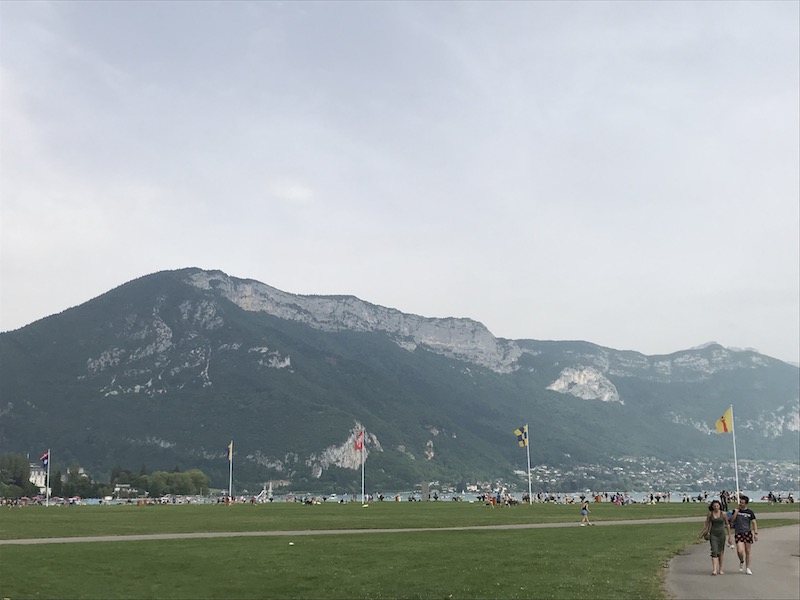


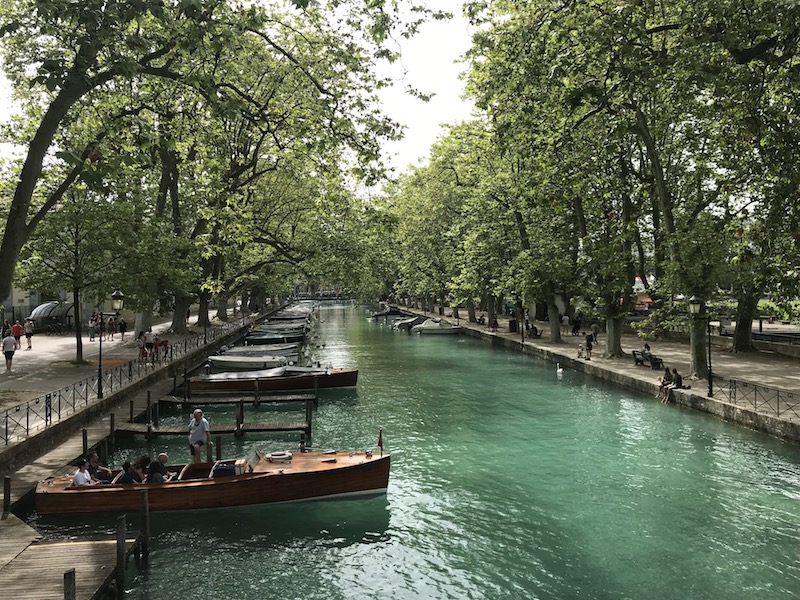
The Église Saint Maurice is the former chapel of a Dominican convent. Constructed was started in 1422 and it was consecrated in 1445, even though it wasn't done yet. The vaults were built in 1491 and the bell tower added in 1822. The design is Gothic not a flamboyant Gothic but a rather muted "Savoy Gothic".


One of the more well-known paintings is this one of the Assumption of Mary. It shows the Blessed Peter of Luxembourg and the apostle Thomas at ground level, looking up at the Virgin as she ascends into heaven, carried by four angels.

Then a couple more pictures of some of the more interesting decoration. Everything looks quite vivid and well-kept, due to a renovation several years ago.
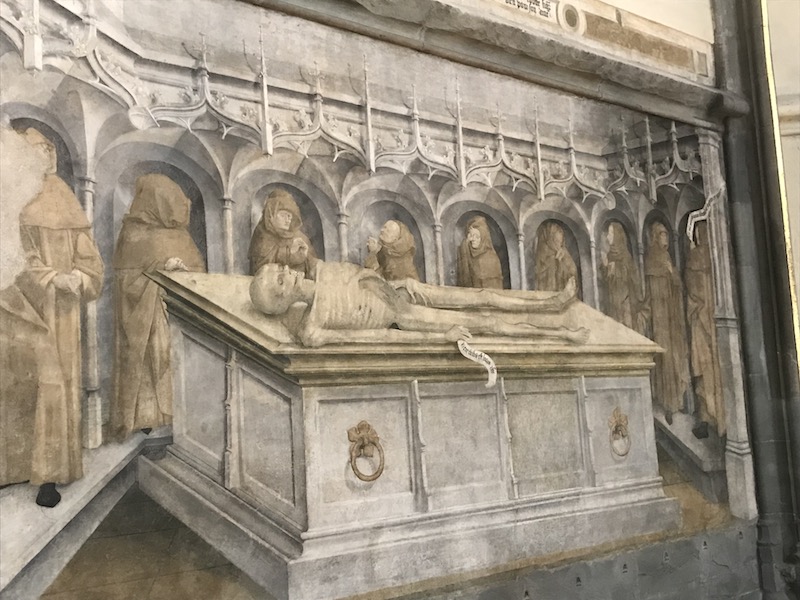
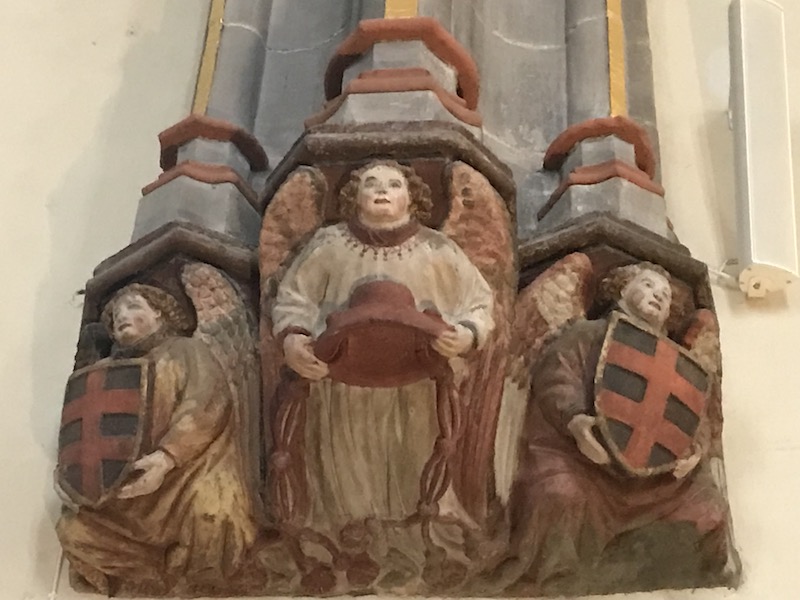
Palais de l'Isle, or Palace of the Island, dates back to the 12th century and sits on a small island formed by the Thiou River, that runs through the old town. It was (as you can imagine) a prison but now houses a museum of the history and heritage of the area. You can visit the old courtrooms, the old prison cells and dungeons as well as the old chapel.
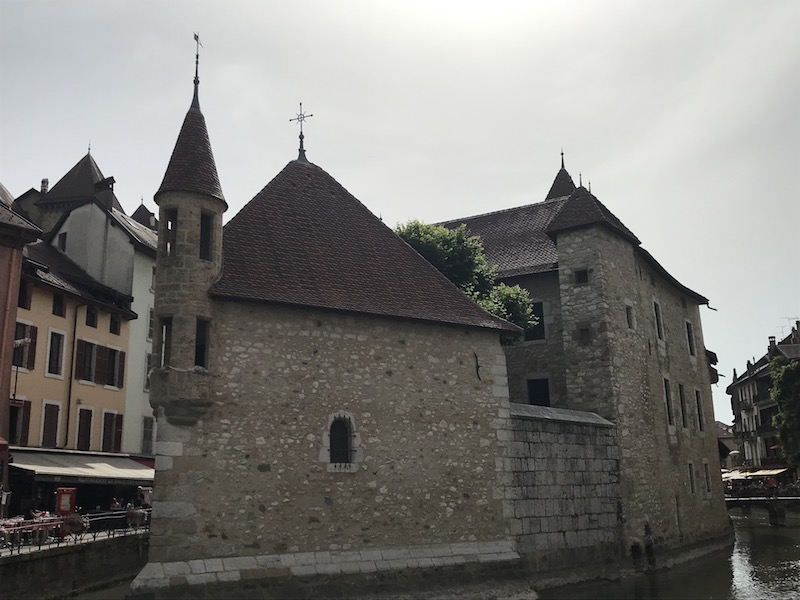
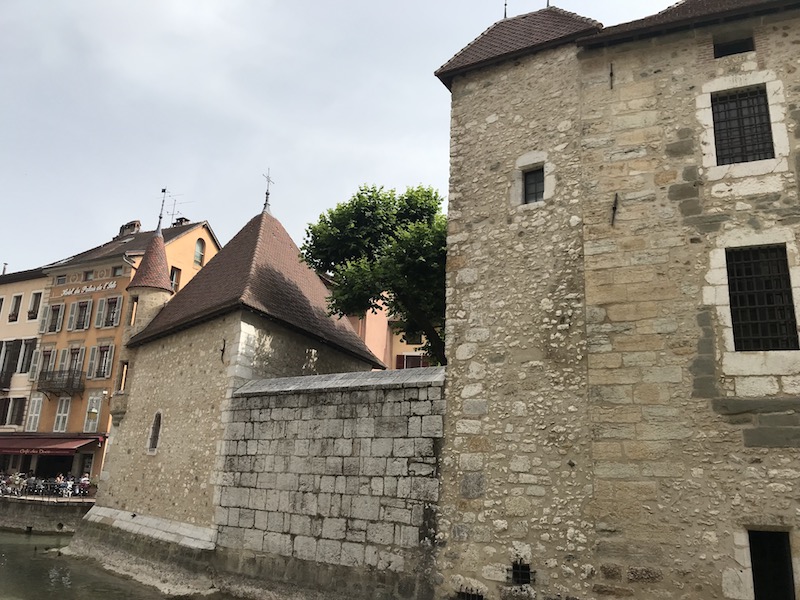
The Chateau also dates from the 12th century and was build as the residence of the Counts of Geneva, and then the Dukes of Savoy. It is a bit of a hike up the hill to get to it, as it is built on the last rocky outcrop of the Semnoz mountain. There was a fortress at the location in the 8th century before the first castle was built. It was completely destroyed by a fire in 1340 and rebuilt identically by the Count of Geneva, Amédée III. A trivia point: Robert of Geneva, born in the castle in 1342, was elected pope in Avignon in 1378 under the name of Clément VII. It is a museum now and, since we had Lucy with us, we opted not to stop in.

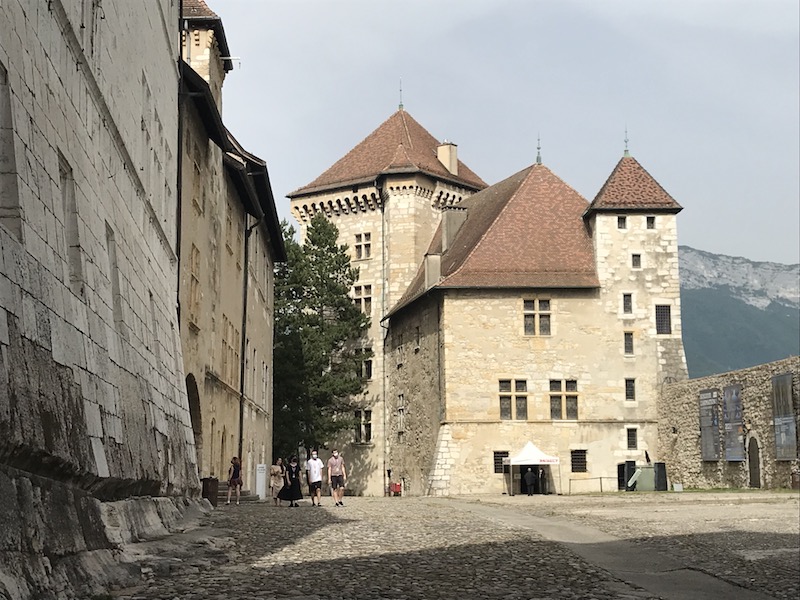
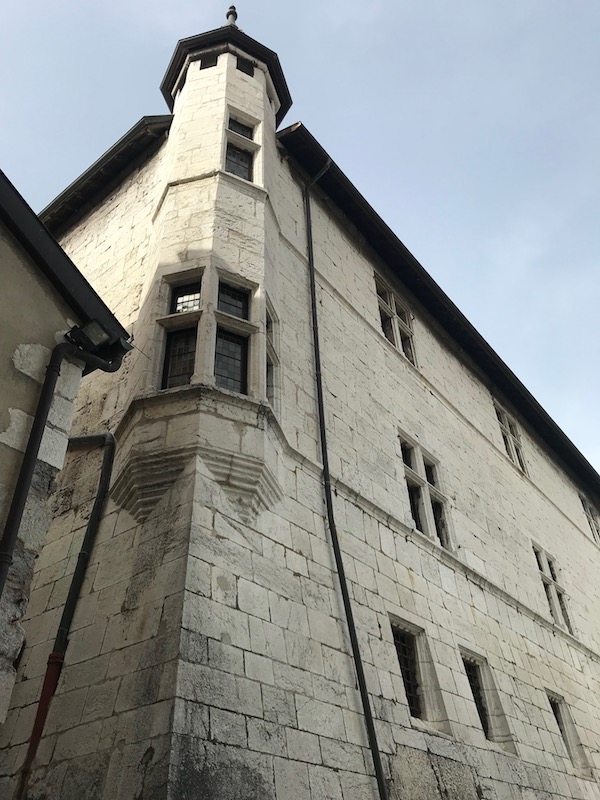
The Old town has lots of lovely houses, and you can stroll through the mostly-pedestrian-only streets. Even though it wasn't yet "tourist season", the town was really packed with people, taking advantage of the great weather to enjoy the outdoor seating in cafes and bistros.
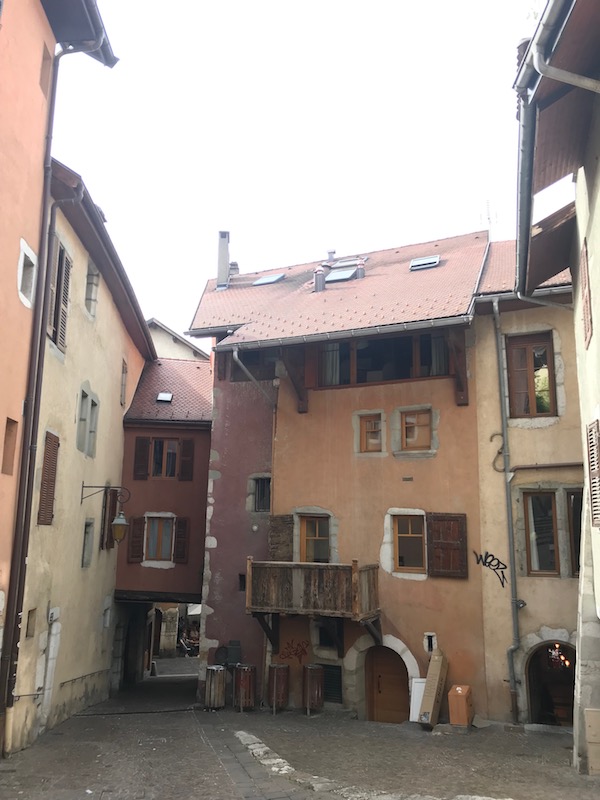



I thought this was quite a pretty view of the canal, with the old houses on either side and the mountains in the background.

The neoclassical-style Notre-Dame-de-Liesse church was built between 1846 and 1851 on the site of a previous church that was built in the late 14th century and the current church still has a few remaining elements ... the 14th century Romanesque bell tower and a Gothic window on the South wall.

